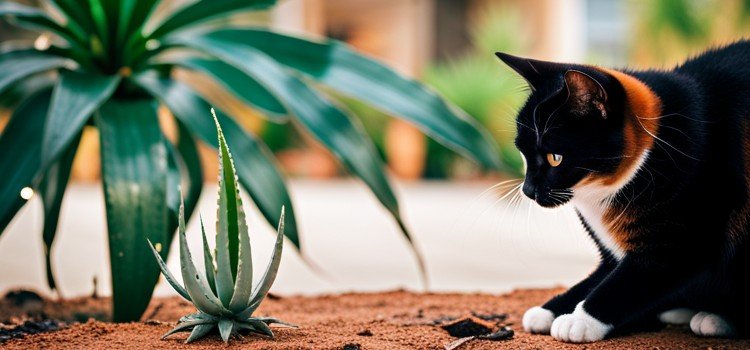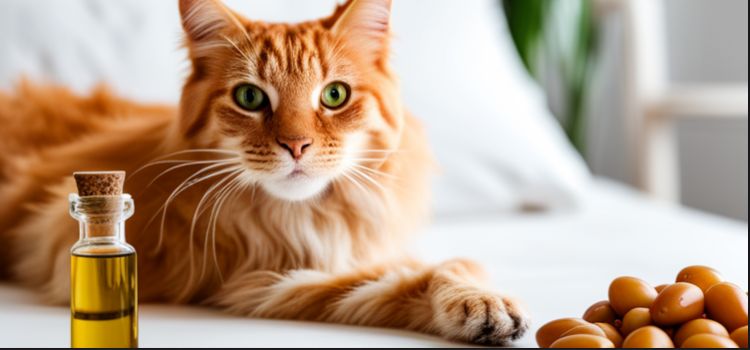As an Amazon Associate committed to the mission of improving the lives of our readers, Live-Clear.com receives a small commission from eligible purchases made through our affiliate links. This revenue enables us to keep producing insightful articles and other material.
Tabby cats are not hypoallergenic. They produce allergens like other cats, which can trigger allergic reactions.
Many people believe certain cat breeds are hypoallergenic, but this is a myth. Tabby cats, with their distinctive striped coats, are popular pets. Unfortunately, they still produce the protein Fel d 1, which is the primary allergen found in cat saliva, skin, and urine.

This protein can cause allergic reactions in sensitive individuals. Regular grooming and cleaning can help reduce allergens in your home. While no cat is truly hypoallergenic, some people may have fewer issues with specific breeds. Always spend time with a cat before adopting to see if you have any allergic reactions.
What Are Tabby Cats?
Are you curious about whether tabby cats are hypoallergenic? Before diving into that, let’s first understand what tabby cats are. Tabby cats are not a breed but a coat pattern that appears in many breeds. This pattern features stripes, swirls, or spots and is often accompanied by an “M” shape on the forehead. These cats are popular for their unique and striking appearances.
Tabby Cat Characteristics
Tabby cats are known for their distinct and beautiful patterns. Here are some key characteristics:
- Coat Patterns: There are several types of tabby patterns, including mackerel, classic, spotted, and ticked.
- Color Variations: Tabby cats can come in various colors such as brown, gray, orange, and cream.
- Facial Markings: Many tabbies have an “M” shape on their forehead, adding to their charm.
- Eye Color: Their eye colors can range from green to gold to blue, depending on the breed.
Tabby cats are also known for their friendly and social nature. They are often described as:
- Affectionate: They enjoy cuddling and spending time with their human companions.
- Playful: Tabbies are energetic and love to play with toys and other pets.
- Intelligent: These cats are quick learners and can be trained to perform simple tricks.
Tabby Cat Breeds
Many cat breeds feature the tabby pattern. Some of the popular breeds include:
| Breed | Tabby Pattern |
|---|---|
| Maine Coon | Mackerel, classic, and ticked |
| American Shorthair | Mackerel and classic |
| British Shorthair | Classic and spotted |
| Bengal | Spotted and marbled |
| Abyssinian | Ticked |
Each breed has its unique traits, but they all share the beautiful tabby pattern. Here are some details about a few breeds:
- Maine Coon: Known for their large size and tufted ears, Maine Coons are gentle giants.
- American Shorthair: These cats are known for their robust health and easygoing nature.
- British Shorthair: Famous for their round faces and dense coats, they are calm and affectionate.
- Bengal: Bengals have a wild appearance with striking spots and marbled patterns, and they are very active.
- Abyssinian: These cats have a sleek, ticked coat and are very playful and energetic.
Understanding these characteristics can help in deciding which tabby cat might be the best fit for your home.
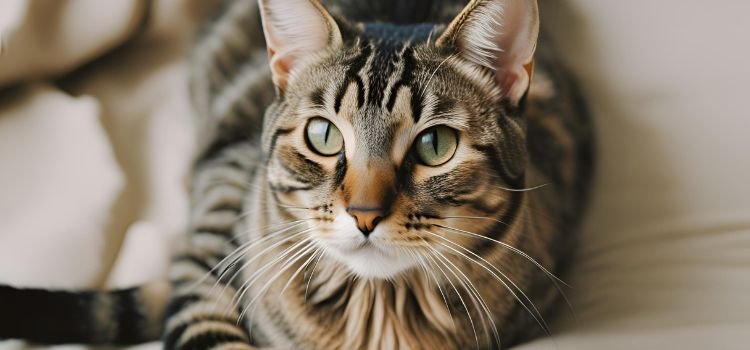
What Does Hypoallergenic Mean?
Tabby cats are loved for their unique patterns and playful personalities. Many people ask, “Are tabby cats hypoallergenic?” To answer this, we first need to understand what “hypoallergenic” means. This will help us figure out if tabby cats cause fewer allergies.
Understanding Allergies
Allergies happen when the immune system reacts to something harmless. For some people, this is pet dander. Pet dander is tiny flakes of skin shed by animals.
Common symptoms of pet allergies include:
- Runny nose
- Watery eyes
- Sneezing
- Coughing
Pet allergies are caused by proteins found in an animal’s skin, saliva, and urine. When these proteins are airborne, they can cause allergic reactions.
Here is a table showing common allergens and their sources:
| Allergen | Source |
|---|---|
| Pollen | Trees, flowers, grass |
| Pet Dander | Skin flakes, saliva, urine |
| Dust Mites | House dust |
Understanding these allergens helps us see why some people react to pets. It is not the fur, but the dander that causes issues.
Hypoallergenic Definition
The term “hypoallergenic” means something is less likely to cause allergies. It does not mean allergy-free. No cat is completely hypoallergenic.
Here are key points about hypoallergenic pets:
- Produce fewer allergens
- Less likely to trigger allergic reactions
- Varies from person to person
Some breeds are known to be more hypoallergenic. This is because they produce fewer allergenic proteins.
Here is a list of hypoallergenic cat breeds:
- Siberian
- Bengal
- Balinese
- Oriental Shorthair
Tabby cats are not a breed but a coat pattern. So, a tabby cat can belong to any breed. This means tabby cats can be hypoallergenic if they belong to a hypoallergenic breed.
In summary, understanding what hypoallergenic means helps us determine if a tabby cat can be a good choice for those with allergies.
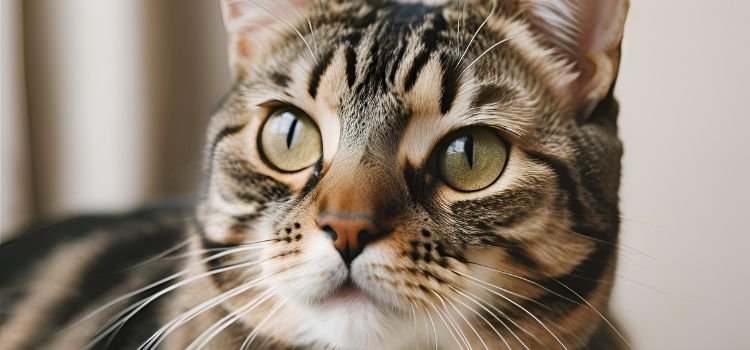
The Connection Between Tabby Cats And Allergies
Many people wonder if tabby cats are hypoallergenic. The connection between tabby cats and allergies is important to understand for potential cat owners. Knowing how tabby cats affect allergies helps make informed decisions.
Tabby Cat Allergen Levels
Tabby cats produce allergens like other cats. The main allergen is Fel d 1, a protein found in cat saliva, skin, and urine. This protein spreads to the cat’s fur during grooming.
Some factors that influence allergen levels in tabby cats include:
- Grooming habits: Frequent grooming spreads more allergens.
- Shedding: More shedding means more allergens in the environment.
- Diet: A healthy diet might reduce allergen production.
- Gender: Male cats produce more Fel d 1 than females.
Comparing allergen levels in tabby cats to other cats shows no significant difference. Tabby cats are not naturally hypoallergenic.
Table: Factors Influencing Allergen Levels in Tabby Cats
| Factor | Effect on Allergen Levels |
|---|---|
| Grooming Habits | Increases allergens |
| Shedding | Increases allergens |
| Diet | May reduce allergens |
| Gender | Male cats produce more allergens |
Impact Of Tabby Cats On Allergy Sufferers
Allergy sufferers might react differently to tabby cats. Symptoms include sneezing, itchy eyes, runny nose, and skin rashes.
Common allergy symptoms:
- Sneezing
- Itchy eyes
- Runny nose
- Skin rashes
Some steps can help reduce the impact of tabby cats on allergy sufferers:
- Regular grooming and bathing of the cat.
- Using air purifiers to remove allergens from the air.
- Cleaning the home frequently, especially vacuuming carpets and furniture.
- Creating an allergy-free zone, such as the bedroom.
Reducing allergens can make living with a tabby cat more comfortable for allergy sufferers.
Understanding the impact of tabby cats on allergies helps manage symptoms effectively.
Debunking The Myth
Are tabby cats hypoallergenic? Many people believe that tabby cats cause fewer allergies. But is this really true? Let’s debunk this myth and explore the facts.
Common Misconceptions
Many people think that tabby cats are hypoallergenic. This belief is based on several common misconceptions:
- Coat Color and Pattern: Some believe that a cat’s coat color or pattern affects allergies. Tabby cats have a unique fur pattern, but it doesn’t make them hypoallergenic.
- Short Hair Equals Fewer Allergens: People often think short-haired cats produce fewer allergens. Tabby cats can be both short-haired and long-haired. Hair length does not impact allergen levels.
- Specific Breeds: Tabby is not a breed but a coat pattern. Any breed can have a tabby pattern. Hypoallergenic traits are breed-specific, not pattern-specific.
Understanding these misconceptions can help us see why tabby cats are not hypoallergenic. Allergies are caused by proteins found in cat saliva, skin, and urine, not their coat patterns.
Scientific Studies
Scientific studies show that no cat is completely hypoallergenic. Here’s what the research says:
All cats produce a protein called Fel d 1. This protein is the main cause of cat allergies. Tabby cats produce Fel d 1 just like other cats.
| Study | Findings |
|---|---|
| Journal of Allergy and Clinical Immunology | All cats produce allergens; breed or color doesn’t matter. |
| National Institutes of Health | Fel d 1 levels are consistent across different cat breeds and patterns. |
These studies confirm that tabby cats are not hypoallergenic. The amount of Fel d 1 can vary from cat to cat, but it’s not related to their coat pattern.
To reduce allergens, consider frequent grooming and cleaning. Using HEPA filters can also help. But remember, no cat is truly hypoallergenic.
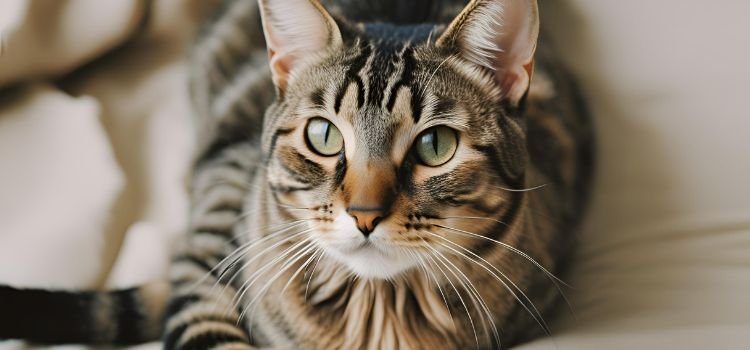
Tips For Allergy Sufferers With Tabby Cats
Tabby cats are cherished for their unique coat patterns and friendly nature. Yet, many cat lovers worry about allergies. Are tabby cats hypoallergenic? Unfortunately, no cat breed is completely hypoallergenic. However, there are ways for allergy sufferers to coexist with these charming felines. Here are some tips for managing allergies and reducing allergen exposure in homes with tabby cats.
Managing Allergies
Allergy sufferers can still enjoy the company of their tabby cats by following some simple strategies. Managing allergies effectively can significantly improve your quality of life.
- Consult a Doctor: Always seek medical advice. Your doctor may suggest antihistamines or nasal sprays to help manage symptoms.
- Create Cat-Free Zones: Designate certain areas of your home, like the bedroom, as cat-free. This provides a safe space where you can breathe easier.
- Use Air Purifiers: Invest in high-quality air purifiers with HEPA filters. These devices can remove allergens from the air, making it easier to breathe.
- Maintain Cleanliness: Regular cleaning helps. Vacuum carpets and furniture often, and consider using a vacuum with a HEPA filter.
- Wash Your Hands: Always wash your hands after petting your tabby cat. This simple act can prevent the spread of allergens.
Reducing Allergen Exposure
Reducing exposure to allergens is crucial. By taking proactive steps, you can minimize the allergens in your living space.
- Groom Your Cat Regularly: Brush your tabby cat frequently. This reduces shedding and the spread of dander.
- Bathe Your Cat: Occasional baths can help remove allergens from your cat’s fur. Use cat-safe shampoo and follow recommended guidelines.
- Clean Bedding and Furniture: Wash your cat’s bedding and your own frequently. This helps remove allergens that may accumulate.
- Use Allergen-Reducing Products: Some products, like allergen-reducing sprays, can help minimize allergens on surfaces.
- Limit Carpets and Upholstery: Hard surfaces like wood or tile are easier to clean and less likely to harbor allergens.
Implementing these tips can help create a more allergen-free environment, allowing you to enjoy the companionship of your tabby cat without suffering from allergies.
Hypoallergenic Cat Breeds
Are you curious if tabby cats are hypoallergenic? Many people wonder about hypoallergenic cat breeds due to allergies. While no cat is completely hypoallergenic, some breeds produce fewer allergens. Learning about these breeds can help you find a cat that may cause fewer allergy issues.
Breeds Considered Hypoallergenic
Several cat breeds are considered hypoallergenic because they produce fewer allergens. Here are some of the most popular hypoallergenic cat breeds:
- Sphynx: This breed has no fur, which means fewer allergens.
- Siberian: Known for producing fewer allergy-causing proteins.
- Balinese: Despite their long fur, they have low levels of the Fel d 1 protein.
- Russian Blue: Their dense coat traps allergens, reducing their spread.
- Bengal: Their short, pelt-like fur produces fewer allergens.
Here is a table summarizing these hypoallergenic breeds:
| Breed | Key Hypoallergenic Trait |
|---|---|
| Sphynx | No fur |
| Siberian | Low Fel d 1 protein production |
| Balinese | Low Fel d 1 protein levels |
| Russian Blue | Dense coat trapping allergens |
| Bengal | Short, pelt-like fur |
Hypoallergenic Traits
What makes a cat breed hypoallergenic? Here are some common traits:
- Low Fel d 1 Protein Levels: Fel d 1 is the main allergen in cats. Breeds with lower levels of this protein are less likely to cause allergies.
- Short Fur or No Fur: Breeds like the Sphynx have no fur, which means fewer allergens are spread through shedding.
- Dense Coat: A dense coat, like that of the Russian Blue, can trap allergens, reducing their spread in the environment.
- Regular Grooming: Breeds that require regular grooming can also help reduce allergens. Regular grooming removes dander and loose fur.
Understanding these traits can help you choose a cat that may be better for allergy sufferers. Remember, individual cats can vary, so spending time with a cat before adoption is always a good idea.
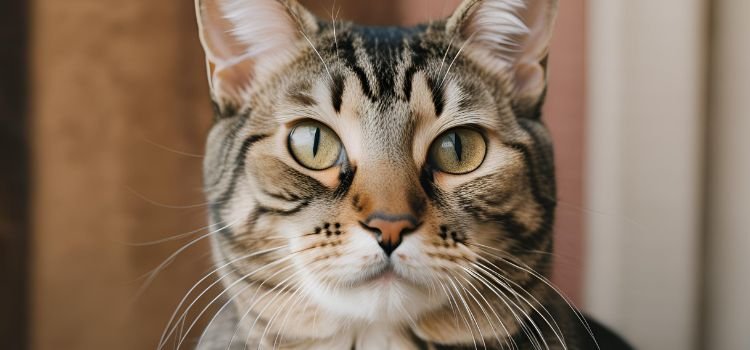
Conclusion
Tabby cats are not hypoallergenic, but individual reactions can vary. Regular grooming and cleaning can reduce allergens. Consider allergy testing before adopting a cat. Understanding your specific allergies is essential. Always consult with a healthcare provider for personalized advice. Tabby cats can be wonderful pets with proper care.
Frequently Asked Questions
The Siberian cat is often considered the most hypoallergenic. This breed produces fewer allergenic proteins. Regular grooming can further reduce allergens.
The best cat for allergy sufferers is the Sphynx. This breed has minimal fur, reducing allergen exposure. Other good options include the Balinese, Russian Blue, and Devon Rex. Regular grooming and cleaning can also help manage allergies.
Yes, tabby cats shed a lot. Regular grooming helps manage their shedding. Brush their fur frequently to reduce loose hair.
Long-haired tabby cats are not hypoallergenic. They produce allergens like other cats. Regular grooming may help.
No, tabby cats are not hypoallergenic. Cat allergies are caused by proteins in their saliva and dander.
Amazon and the Amazon logo are trademarks of Amazon.com, Inc, or its affiliates.
